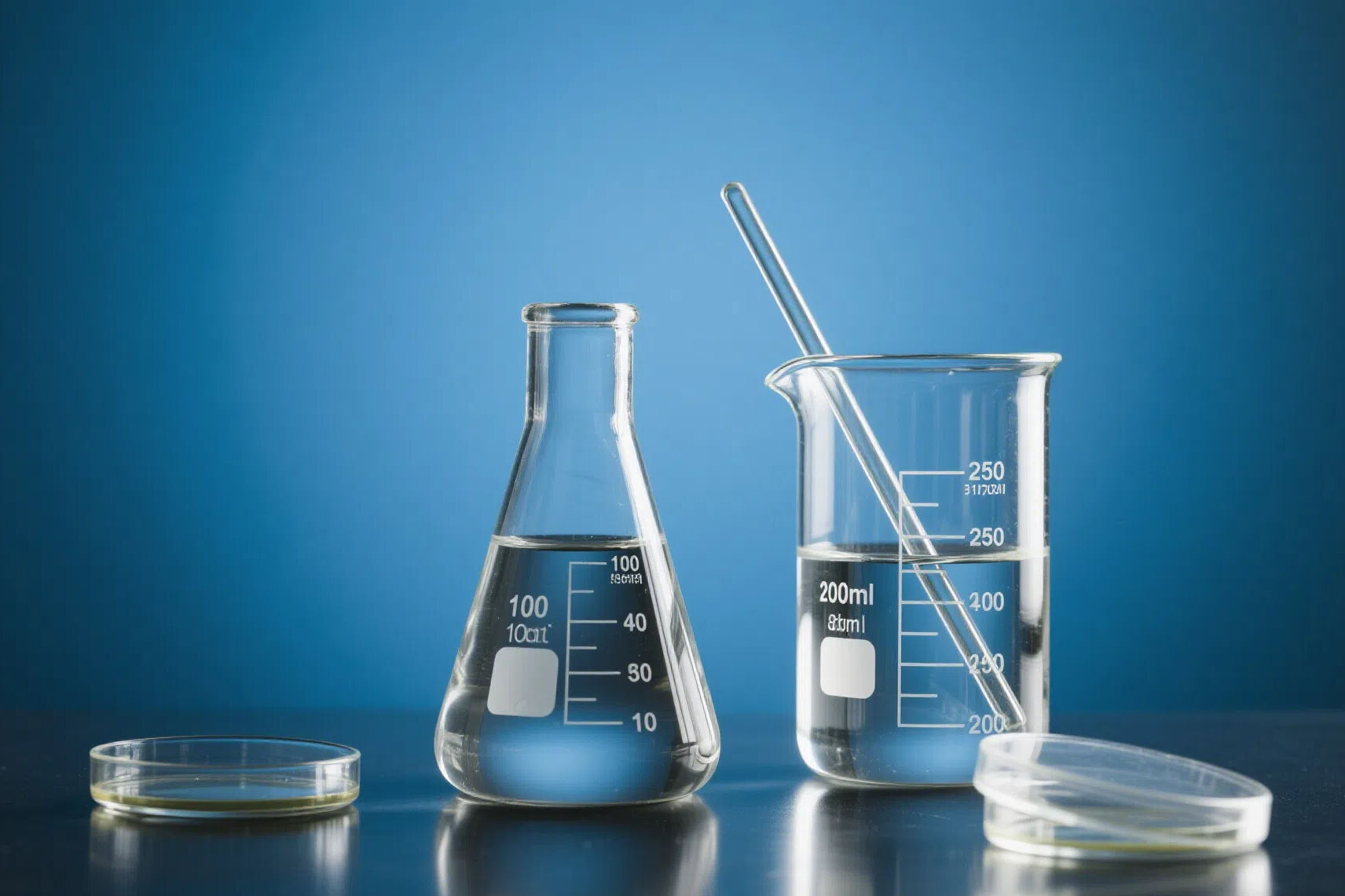Die Preise für Acrylate werden von einem komplexen Zusammenspiel verschiedener Faktoren beeinflusst, darunter Rohstoffkosten, Produktionsausgaben, Marktnachfrage und globale Lieferdynamiken. Rohstoffe, insbesondere Acrylsäure und Alkohole (z. B. 2-Ethylhexanol), die bei der Monomersynthese verwendet werden, sind wesentliche Kostenfaktoren, wobei deren Preise an petrochemische Ausgangsstoffe (z. B. Propylen) gekoppelt sind, die wiederum von Ölpreisen, Raffineriekapazitäten und geopolitischen Ereignissen abhängen. Ein Beispiel hierfür ist, dass ein Mangel an Propylen die Preise für Acrylsäure erhöhen und somit die Kosten für Acrylmonomere wie 2-Ethylhexylacrylat steigern kann. Produktionskosten, einschließlich Energiekosten (für Heizung, Polymerisation und Destillation), Arbeitskräfte, Katalysatoren und Wartungsaufwendungen für Ausrüstungen, tragen ebenfalls zu den Acrylatpreisen bei, wobei größere Hersteller wie E Plus Chemical Co., Ltd. durch Skaleneffekte Kostenvorteile erzielen. Die Marktnachfrage, getrieben durch nachgeschaltete Industrien wie Klebstoffe, Beschichtungen und Verpackungen, insbesondere in wachstumsstarken Regionen wie im asiatisch-pazifischen Raum, kann die Preise in Zeiten hohen Verbrauchs nach oben drücken, während wirtschaftliche Abschwünge aufgrund von reduzierter Nachfrage zu Preissenkungen führen können. Regionale Faktoren wie Transportkosten, Zollgebühren und Kosten für die Einhaltung von Regularien (z. B. Umweltstandards) führen zu Preisschwankungen in verschiedenen Märkten. Produktspezifikationen wirken sich ebenfalls auf die Preise aus, wobei hochreine Acrylate (z. B. 99 % reines 2-Ethylhexylacrylat) und spezialisierte Polymere (z. B. medizinische oder hochleistungsfähige Formulierungen) höhere Preise erzielen. Großmengenkäufe führen oft zu niedrigeren Stückkosten aufgrund reduzierter Handhabungs- und Logistikkosten. Insgesamt sind die Preise für Acrylate dynamisch und spiegeln das Gleichgewicht zwischen Angebot und Nachfrage sowie die zugrunde liegenden Kosten für Produktion und Distribution wider.
